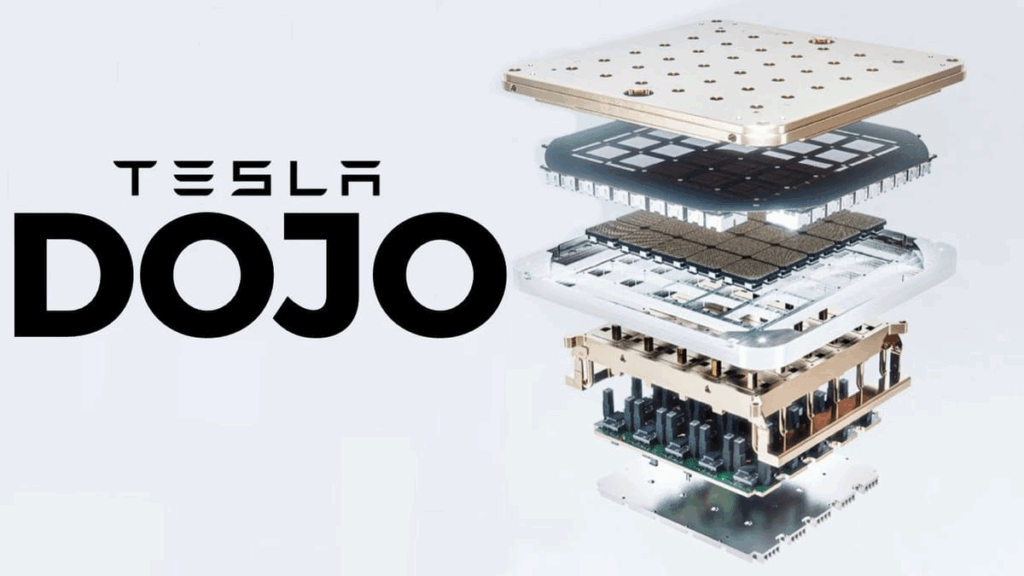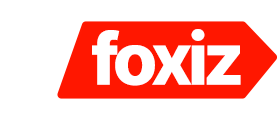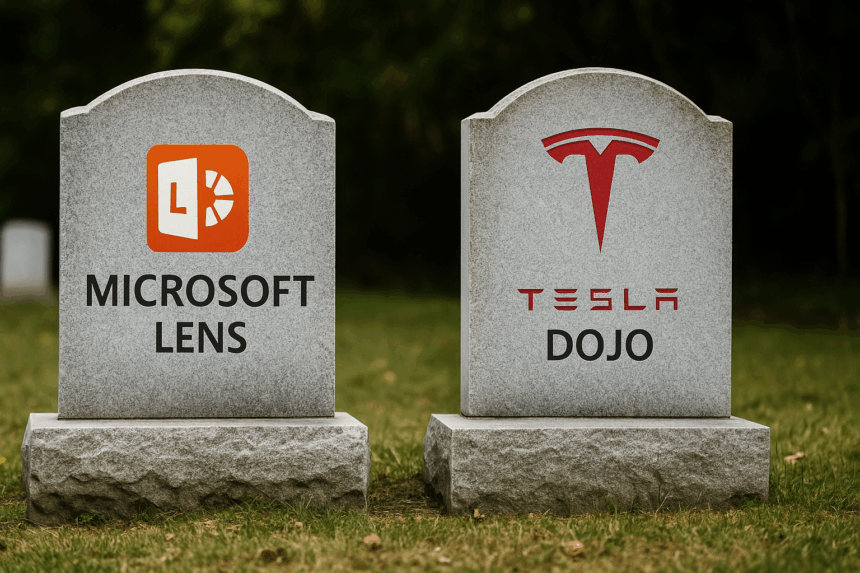Two very different but once-promising tech projects are meeting their end. Microsoft is retiring its Microsoft Lens document-scanning app after over a decade of service. Meanwhile, Tesla is dismantling its Dojo supercomputer team. The ambitious in-house AI hardware project was once touted as a rival to Nvidia. Both deprecations mark the close of chapters that promised potential. However, they have been outpaced by shifting priorities, competition, and changing tech strategies.
What’s Happening & Why This Matters
Microsoft Lens Bows Out

Launched in 2014 for the now-retired Windows Phone, Microsoft Lens turned paper documents into readable digital formats like PDF, Word, and Excel. Over the years, it racked up more than 100 million downloads on Google Play. It also received thousands of positive App Store ratings.
Microsoft now confirms the app will be retired on 15 September. Lens will be removed from app stores on 15 November. By 15 December, it will shut down for new scans. Existing scans will remain in the app’s MyScans folder as long as the app stays installed.
Users are encouraged to switch to the Microsoft 365 Copilot app, which offers similar scanning features. However, Copilot currently lacks some Lens staples. These include direct saves to OneNote, Word, or PowerPoint, as well as Immersive Reader integration.
This isn’t Microsoft’s first retirement this year. Microsoft Publisher was given an October 2026 sunset date. Additionally, the consumer version of Skype was officially shut down in May in favor of Teams. The pattern reflects Microsoft’s drive to consolidate overlapping tools into its Microsoft 365 ecosystem.
Tesla Pulls the Plug on Dojo
Tesla’s Dojo supercomputer was designed to train AI for self-driving technology. It processed vast amounts of vehicle video data. Led by Pete Bannon, formerly of Apple, the project once drew bold claims from Elon Musk. Musk suggested it could compete with Nvidia, though he later admitted it was a “long shot.”

Now, Dojo is winding down. Tesla will rely on third-party chipmakers like Nvidia and AMD for compute hardware, with Samsung Electronics manufacturing chips. Team members are being reassigned to other Tesla projects.
The closure follows a leadership exodus. Around 20 key staff members, including former Dojo head Ganesh Venkataramanan, have joined DensityAI. The startup focuses on AI data centre hardware for robotics, AI agents, and automotive use.
Tesla has already moved to outsource more of its AI chip production. In July, it signed a deal worth up to $16.5 billion with Samsung to manufacture the AI6 chip. Samsung chips power everything from driver-assistance systems to the Optimus humanoid robot. Musk posted on X that the company would now focus “all effort” on AI5, AI6, and future chips. This means they will not split resources between competing architectures.
TF Summary: What’s Next
For Microsoft, the end of Lens is a productivity tools consolidation under the Microsoft 365 umbrella. The company’s challenge will be ensuring Copilot meets or surpasses Lens’ features to retain long-time users.
For Tesla, retiring Dojo indicates a sharper focus on working with established chipmakers rather than going head-to-head. This may accelerate Tesla’s AI chip development cycles. However, it also means relying heavily on external partners to power its most ambitious products.
— Text-to-Speech (TTS) provided by gspeech


